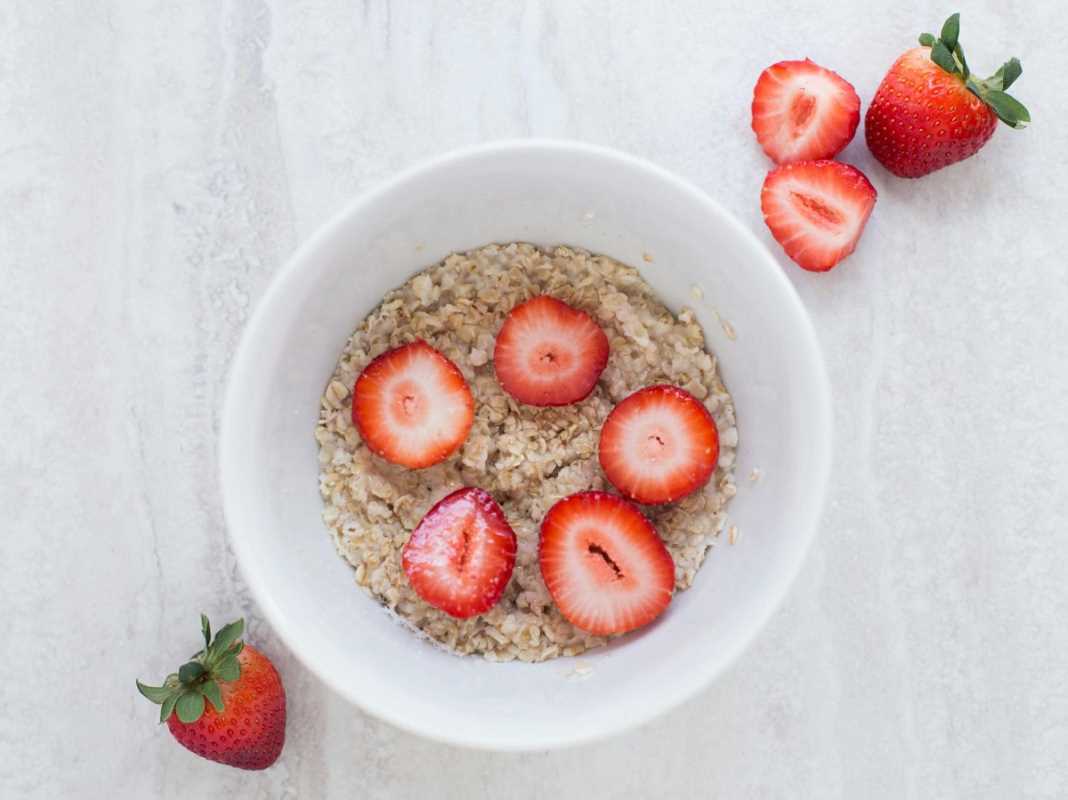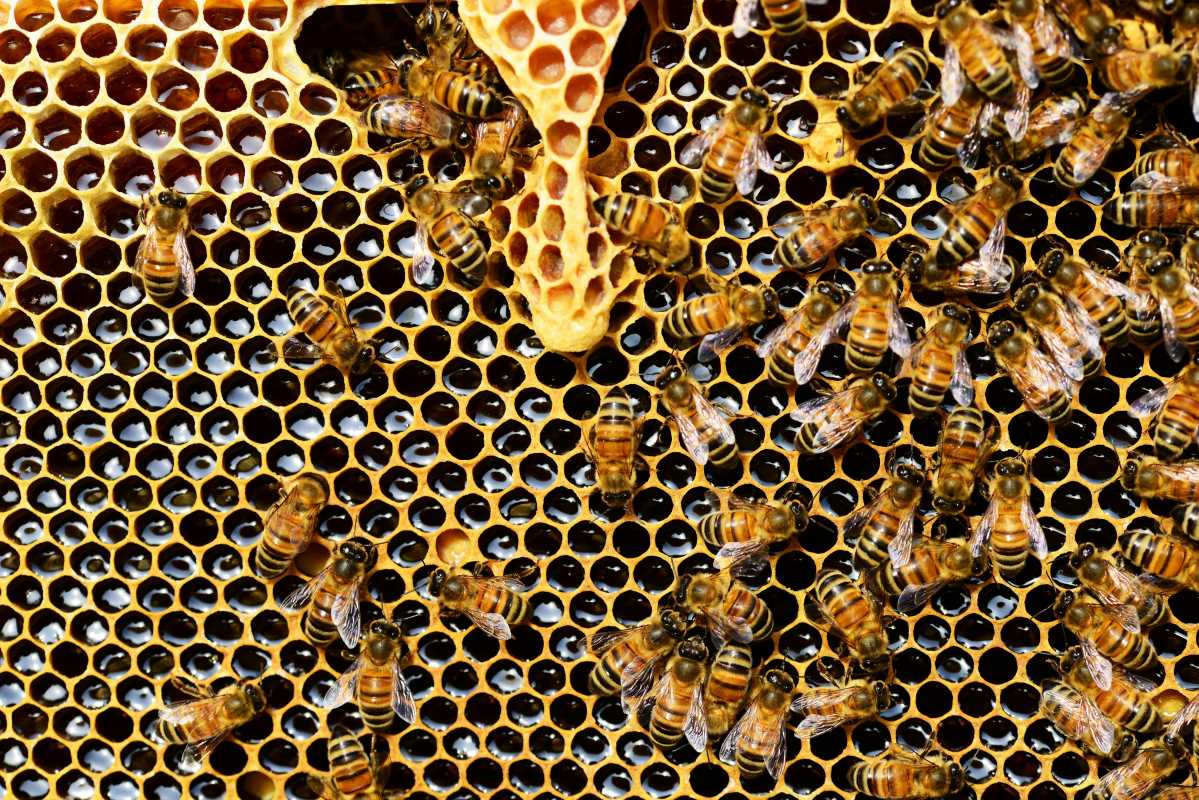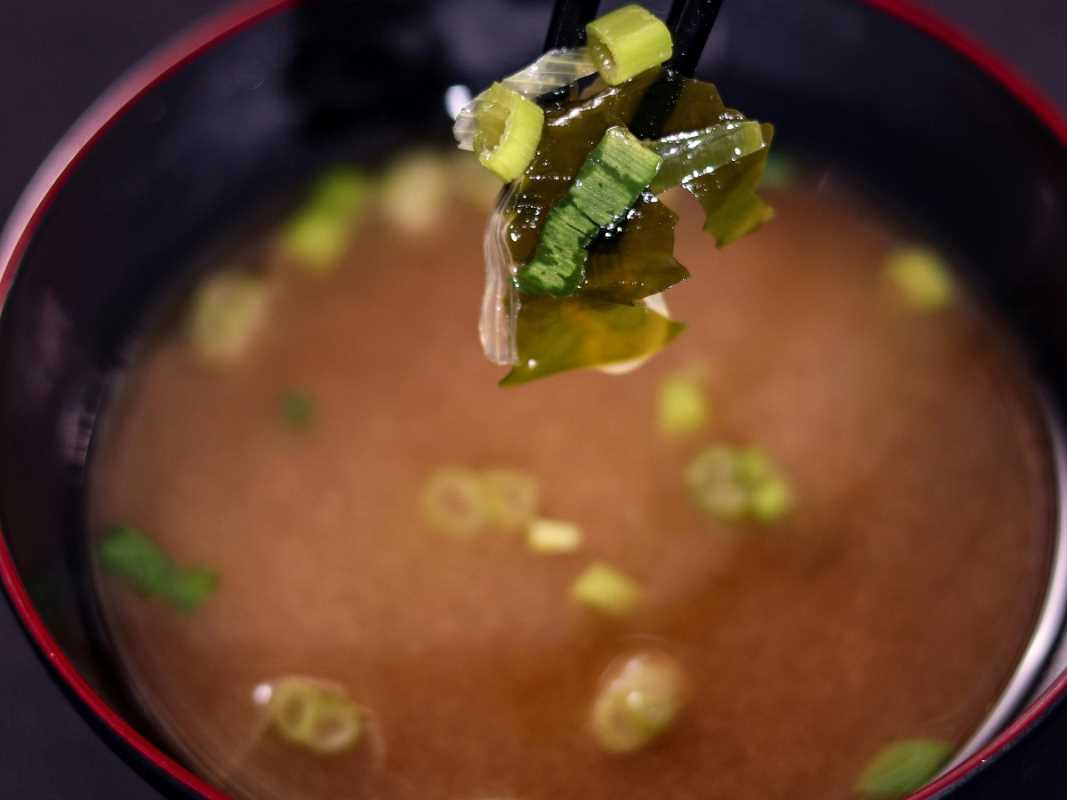Making the decision to transition to a plant-based diet can be exciting, empowering, and perhaps even a little intimidating. Whether you’re making the change for your health, the environment, animal welfare, or all of the above, embracing plant-based eating is a rewarding lifestyle shift. However, like any major change, it requires preparation, knowledge, and flexibility to make the process sustainable and enjoyable.
This guide offers practical advice, actionable steps, and encouragement to help you transition smoothly to a plant-based diet. From small changes and meal planning to tackling cravings and navigating social situations, you’ll discover how to make this new way of eating fit perfectly into your life.
Start Slow and Steady
For many people, transitioning to a plant-based diet works best when done gradually. Small, manageable steps can help you adjust to new flavors, cooking techniques, and habits without feeling overwhelmed.
Begin With Plant-Powered Swaps
Start by identifying one or two meals in your current diet that you can swap for plant-based alternatives. For example:
- Replace animal-based milk with almond, soy, or oat milk in your morning coffee or cereal.
- Experiment with plant-based protein like tofu, tempeh, or legumes in place of chicken or beef in stir-fries or tacos.
Once you feel comfortable with these swaps, expand to other meals. Breakfasts can be as simple as avocado toast or fruit smoothies, while lunches might include hearty grain bowls topped with veggies and chickpeas.
Try “Meatless Mondays”
Committing to just one plant-based day a week is an approachable way to build momentum. Use it as an opportunity to explore new recipes and discover plant-based dishes you enjoy.
Learn About Plant-Based Protein Sources
One of the most common questions when switching to a plant-based diet is, “Where will I get my protein?” Fortunately, there are plenty of healthy, protein-packed plant options to choose from.
Protein-Rich Plant Foods
- Legumes: Lentils, chickpeas, and black beans are versatile and easy to add to soups, salads, tacos, and pastas.
- Tofu and Tempeh: These soy-based staples are terrific for stir-fries, grilled dishes, or even plant-based burger patties.
- Grains: Quinoa, farro, and bulgur boast more protein than your typical rice.
- Nuts and Seeds: Almonds, chia seeds, and hemp seeds make excellent snacks or toppings for bowls and smoothies.
- Plant-Based Meats: Modern products like Beyond Meat and Impossible Burgers are great for those craving a taste of classic barbecue favorites.
A Balanced Plate
For a complete meal, aim to combine protein-rich plants with whole grains, healthy fats, and a bounty of vegetables. For example, build a taco bowl featuring brown rice, black beans, avocado slices, salsa, and roasted peppers.
Plan Ahead for Success
Meal planning can make all the difference when transitioning to a plant-based diet. It ensures that you have plenty of delicious options available, prevents decision fatigue, and helps you stick to your goals.
Stock Your Pantry With Plant-Based Staples
Keeping your kitchen stocked with essentials makes it easier to prepare meals without scrambling for ingredients. Some must-haves include:
- Dry or canned beans and lentils
- Whole grains (quinoa, farro, oats)
- A variety of sauces and spices for seasoning
- Frozen vegetables for convenience
- Plant-based milks and cooking oils
Batch Cook and Meal Prep
Cooking in bulk saves time and keeps you prepared during busy weeks. Consider making a big pot of veggie chili, roasted vegetables, or a quinoa salad that you can portion into multiple meals.
Explore New Recipes
Find inspiration by searching for plant-based blogs, cookbooks, or YouTube tutorials. Test recipes that excite you, like creamy cashew Alfredo, veggie-packed ramen, or homemade falafel wraps.
Handling Common Challenges
Transitioning to a plant-based diet might come with a few hurdles, but being prepared and adaptable can help you overcome them.
Craving Familiar Flavors
If you find yourself missing certain animal-based dishes, look for plant-based alternatives that replicate the flavors you love. For example:
- Crave cheesy pasta? Try a creamy sauce made with cashews and nutritional yeast.
- Missing burgers? Look for hearty veggie burger recipes or store-bought options.
Don’t hesitate to incorporate spices and herbs like smoked paprika, garlic powder, or onion powder to bring bold, familiar flavors to your meals.
Navigating Social Situations
Dining out or attending social events can sometimes feel tricky when following a plant-based diet. Here are some tips:
- Research menus ahead of time: Many restaurants now indicate plant-based options on their menus.
- Bring a dish to share: If you’re attending a potluck, offer to bring a plant-based dish everyone can enjoy.
- Communicate your needs: Don’t be afraid to ask your server if they can make adjustments to your order.
Avoiding Burnout
It’s okay to treat yourself to convenience options like frozen meals or takeout when life gets busy. Remember, this transition is about progress, not perfection.
Staying Motivated
Switching to a plant-based diet is a long-term lifestyle shift, and staying connected to your goals will help you maintain motivation.
Focus on Your “Why”
Remind yourself why you chose to make the switch. Whether it’s for health improvements, environmental sustainability, or animal welfare, keeping your purpose top of mind can inspire you on tough days.
Celebrate Small Wins
Every time you try a new recipe, find a plant-based cheese you love, or successfully go a whole day without animal products, celebrate those victories! Progress is worth acknowledging.
Connect With a Community
Joining online groups, following plant-based influencers, or attending local plant-based meet-ups can provide support, recipe ideas, and camaraderie.
Sample Day on a Plant-Based Diet
For those wondering what a plant-based day might look like, here’s an example meal plan to inspire you:
- Breakfast: Overnight oats with almond milk, chia seeds, and fresh berries.
- Snack: Hummus with cucumber slices or whole-grain crackers.
- Lunch: A hearty Buddha bowl with quinoa, roasted sweet potatoes, kale, chickpeas, and tahini dressing.
- Snack: A handful of almonds or a vegan protein bar.
- Dinner: Lentil and vegetable curry served with brown rice and a side of naan.
Transitioning to a plant-based diet is a personal and enriching journey that can transform your health, expand your culinary horizons, and make a positive impact on the planet.
 (Image via
(Image via





